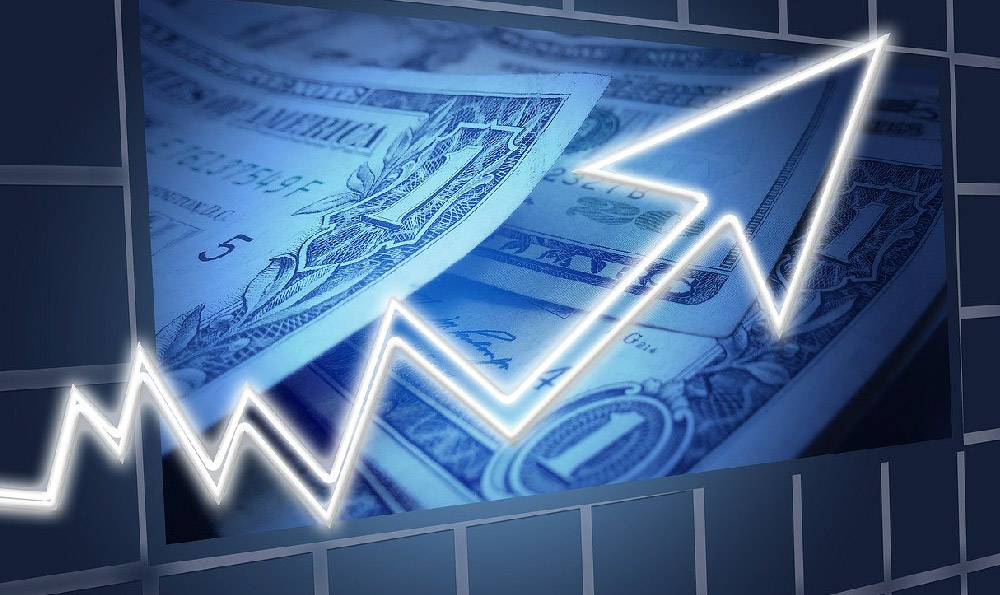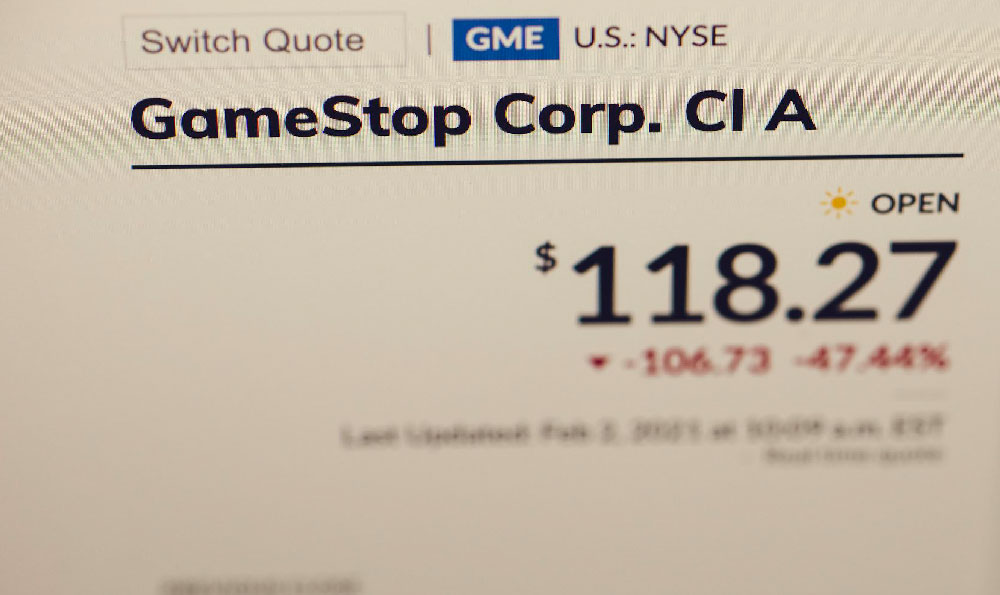Does a Barber Earn High Income?

The income potential of a barber can vary widely depending on factors such as geographical location, market demand, business model, and individual expertise. In many regions, particularly in urban centers or areas with high disposable incomes, barbers may achieve substantial earnings, but this is not universally applicable. For instance, in the United States, the Bureau of Labor Statistics reports that the median annual wage for barbers in 2022 was approximately $31,000, though this figure can fluctuate significantly. Barbers in metropolitan areas or those operating their own salons tend to earn more than those employed in smaller shops or working in less affluent regions. Similarly, in countries like Australia and the United Kingdom, the average salary for barbers hovers around £25,000 to £35,000 and AUD 45,000 to AUD 60,000 annually, respectively, with variations based on the same principles of location and experience. However, these numbers represent the median, which may not reflect the reality of top earners or those with specialized skills. In some cases, barbers with a strong reputation or those offering premium services—such as hair coloring, beard grooming, or bridal styling—can secure incomes rivaling or even exceeding those in certain service professions. The key to understanding whether a barber earns a high income lies in examining the interplay of these variables rather than viewing the profession through a singular lens. A barber’s earnings are often influenced by their ability to manage a client base, adapt to market trends, and leverage personal branding. In regions where salons are highly competitive, such as major cities in Asia or Western Europe, establishing a niche—like specializing in luxury haircuts or offering a unique aesthetic—can differentiate a barber from peers and justify higher rates. Conversely, in areas with saturated markets or limited consumer spending, income may depend more heavily on supplemental revenue streams, such as retail sales of hair products or franchise opportunities. Moreover, the shift toward self-employment in the beauty industry has allowed skilled barbers to diversify their income sources, potentially increasing profitability. However, it is crucial to recognize that the profession is not without its challenges. Income volatility is a common concern, as it is tied to seasonal demand, client retention, and the ability to work consistently. For example, during periods of economic downturn, discretionary spending on non-essential services like haircuts may decline, affecting earnings. Additionally, the physical and mental demands of the job—long hours, repetitive motions, and managing customer expectations—require careful consideration when evaluating the overall value of the profession. While the income may not match that of finance or technology sectors, barbers who prioritize long-term growth and efficient business practices can achieve financial stability. The role of technology in modern barbering should not be overlooked; digital marketing, online booking systems, and social media presence can expand a barber’s reach and customer base, mitigating some of the risks associated with traditional service-based income. Ultimately, the question of whether a barber earns a high income is not a straightforward yes or no. It depends on the individual’s commitment to continuous learning, their ability to navigate market dynamics, and their strategic approach to both client service and business management. For those considering this career path, aligning with industry trends, investing in personal development, and building a loyal clientele are critical steps toward maximizing earnings. While the financial rewards may not rival high-paying corporate jobs, the flexibility and autonomy of self-employment can offer unique advantages that contribute to long-term wealth creation. By understanding the factors that influence income and proactively addressing them, a barber can position themselves for sustained profitability.















